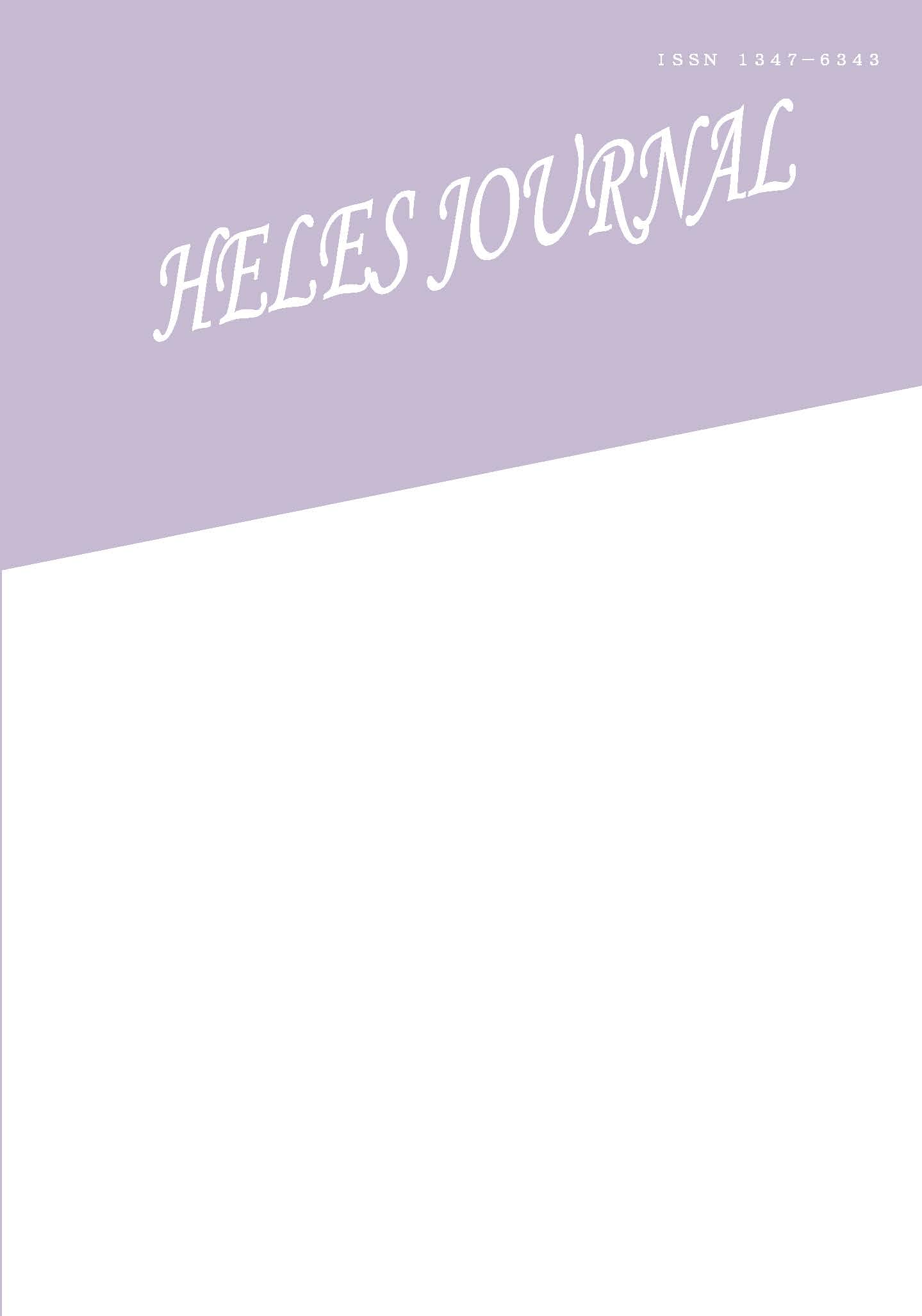The purpose of this study is to investigate how and why communication activities of English
textbooks in junior high school differ according to the publishers and grades in terms of
task-likeness. Nine researchers have analyzed the English textbooks of three grades published
by six major publishers, and used the criterion of task-likeness based on Usuda et al.(2014). The
results showed that Publisher A was rated the most task-likely of all the publishers. Publishers A,
B, and F were, moreover, rated much more task-likely than Publishers C, D, and E. That is, the
bipolarization of task-likeness was observed among publishers. With regard to the grades, we
found that the textbooks in Publisher A became more task-likely, as the grade goes up, and this
tendency was not observed in the other publishers. We also indicated the factors of the
differences of task-likeness among these communication activities with some examples.
View full abstract
